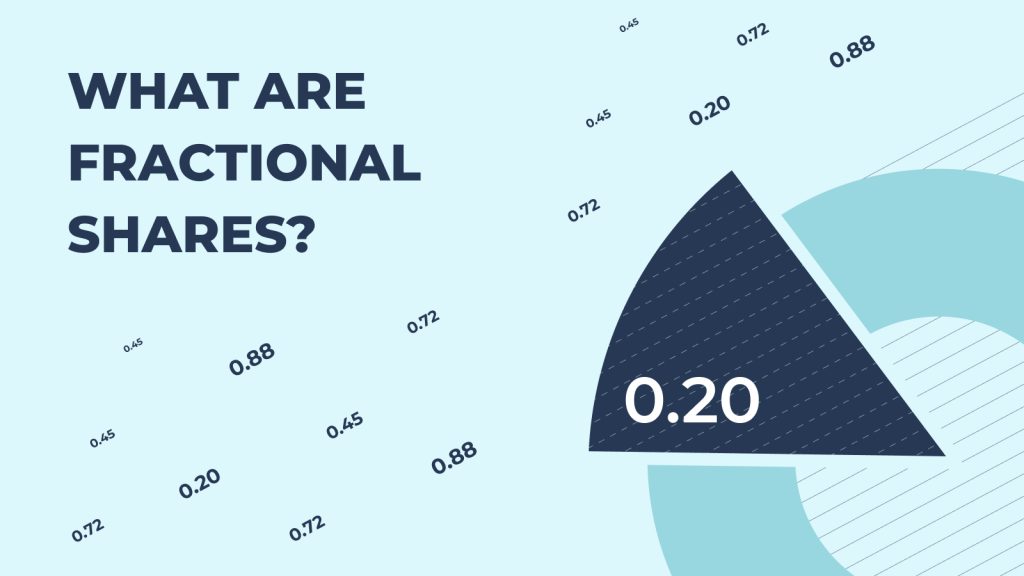By Neal Berger, President and Founder, Eagle’s View Capital Management, LLC
As we plunge more and more into “crazytown”, I cannot help but think about investor’s general apathy and status quo approach toward their investments. We now live in a world where over $13 Trillion of sovereign debt is offering a negative yield (i.e. you have to pay them to take your money!). I recently read that a Danish bank is offering home mortgages at -0.50% (they pay you to borrow money!). Geopolitical risks have rarely been higher and economists and interest rates markets are predicting a global recession. Markets are becoming decidedly more volatile and we just witnessed a situation where the Argentine stock market plunged -45% in 1 day! Yet, it appears that many investors simply suffer from apathy and will not react until forced to do so. Other investors are forced to maintain their status quo of ‘risk on’ allocation due to a mandated bogey and comparisons against their peer group, while others suffer from recency bias and are merely conditioned to believe that no matter what is happening around us, the markets will be fine. It is these type of investors that got me thinking about the difference between acting proactively versus reactively.
To be sure, as humans, we all have a combination of both proactive and reactive instincts. However, in my view, human nature tends to favor much greater reactive behavior versus proactive. For example, I never had to remove my shoes at the airports until we had “the shoe bomber”, for that matter, we never saw much security at airports in general until the unfortunate events of 9/11. Hot new issues (IPOs) were doled out to friends and preferred customers before we saw the crash of the NASDAQ in 2000. Hedge funds managers were not required to register with the SEC until after we witnessed Madoff and other frauds. The events of 2008 led to material reforms, “after the fact”. As such, our conclusion here is that investors will react once we see a material decline of asset prices and this current “bubble” bursts.
There is no doubt that acting in a proactive manner and preparing for downside incurs risks both financially as well as to our own ego. If a downturn does not materialize in short order, we may appear “stupid” to others or even to ourselves for ‘missing the boat’. Second, if one is overly cautious, an investor runs the risk of missing some of the greatest investment returns which often tend to come toward the tail-end of a bull run. On the other hand, acting solely reactively insures selling bottoms and buying tops. As such, we advocate a more balanced approach within investment portfolios adding non-correlated investments such as Eagle’s View as mainstream markets continue to march higher and higher. As the saying goes, “trees don’t grow to the sky”. The goal is to have enough ‘shock absorbers’ in the portfolio to allow one to remain calm and rational even during the most vicious down moves. On the other hand, having ‘shock absorbers’ will allow an investor the staying power to participate in the party as nobody tells you what time it ends.
About the author
Neal Berger is a veteran Wall Street Trader/Investor of over 30 years. He spent a dozen years as a proprietary global macro trader most notably at Millennium Partners hedge fund. Neal was also a proprietary Trader at Fuji Bank as well as Chase Manhattan Bank where he was a Senior Vice President.
Neal has been an investor in hedge funds for more than 25 years on behalf of his own family as well as other high-net worth individuals, family offices, and select institutions. Eagle’s View Capital Management, LLC is the Investment Manager to six Fund of Funds and also runs an active advisory business creating customized portfolios of hedge funds for high-net worth individuals and institutions. Eagle’s View also runs a multi-strategy hedge fund and an alternative finance Fund.
Neal is widely known for investing in ‘niche-oriented’, under the radar, non-mainstream strategies such as Power Trading, Algorithmic Pattern Recognition, Shipping Derivatives, Volatility Arbitrage and various other strategies that seek to exploit structural inefficiencies in the market.
Eagle’s View, our approach, philosophy, and frank thoughts about the hedge fund industry can be seen in this 18 minute video below. Within the video, I cover topics such as:
- How the hedge fund industry has changed dramatically during my 25 year tenure within hedge funds and 30 years of Wall Street experience
- Most hedge funds are simply diluted proxies for the equity market and how the current bull market allows the majority of the industry to survive
- How/why we believe hedge funds should fit into an investor’s portfolio
- Using non-correlated hedge funds as a substitute for the 40% in the traditional 60/40 asset allocation model in a zero interest rate world
- Why we exited quant almost entirely


















